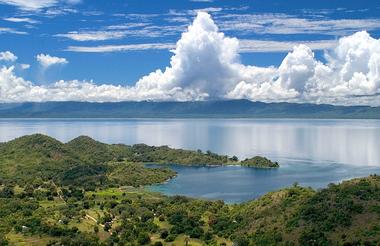At 1,050 metres above sea level in Malawi's central region, Lilongwe bridges traditional and modern Africa within its dual cityscape. The Old Town, characterised by bustling markets, small shops, and historic golf clubs, contrasts sharply with the organised structure of the New Town, a hub of embassies, government ministries, and modern infrastructure. Lilongwe's lush green spaces, particularly the Lilongwe Nature Sanctuary, provide an urban oasis that rehabilitates injured animals while promoting environmental education. The Kamuzu Mausoleum, built of marble and granite, is the final resting place of Malawi's first president, with pillars bearing his principles of unity, loyalty, obedience, and discipline. The Parliament Building, located near Capital Hill, houses the government's operations and is an example of modern Malawian architecture. Other sights worth seeing include a day trip to the Kumbali Cultural Centre, offering the opportunity to view traditional Malawian dancing and drumming, as well as an excursion to Chongoni Rock Art Area featuring one of the densest clusters of rock art in Central Africa.
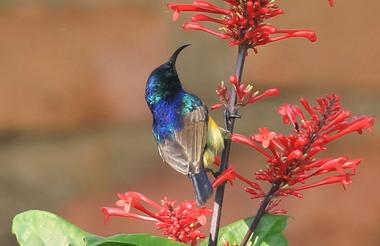


Bordering the Luangwa River, the northern and southern Luangwa National Parks contain some of the most breathtaking and untouched wilderness in Africa. As a result of this and the parks’ successful anti-poaching campaigns, the area has developed into a world-renowned wildlife haven. The South Luangwa National Park is renowned for its walking safari, which allows visitors to view elephant, hippo and even lion close-up under the supervision of professional and knowledgeable armed guides.
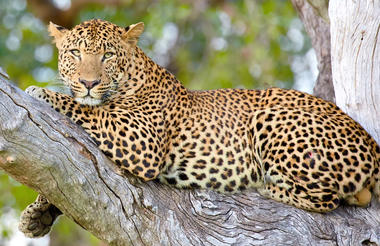
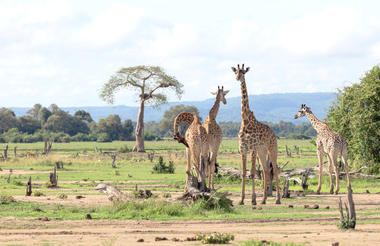
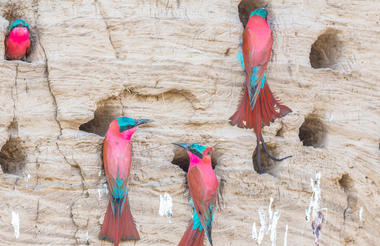
Nkhotakota is a tranquil town on the shores of Lake Malawi in central Malawi. It is surrounded by the hilly terrains of Nkhotakota Wildlife Reserve, the largest and oldest wildlife reserve near Malawi, home to mammals such as lion and elephant, as well as a fantastic array of birdlife. The village is most famous for the Livingstone Tree, where it is said that the renowned explorer Dr David Livingstone met a notorious slave trader to implore him to stop the heinous trade. Guided walking tours in the reserve are an exciting way to get up close and personal with some of its animals. There are also hot springs, rivers and waterfalls within easy reach of Nkhotakota.
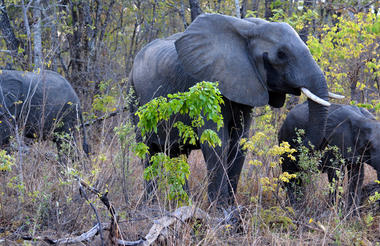
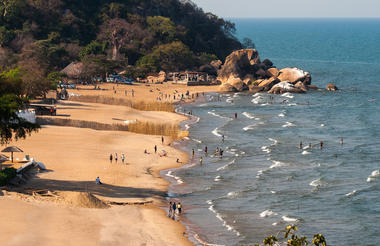
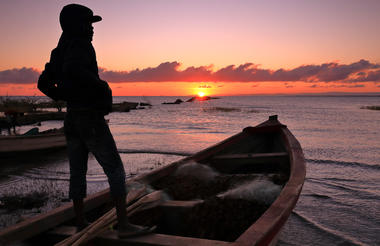
Located along the Zambian border in northern Malawi, the Nyika National Park features forested valleys, lush woodlands, and vast grasslands. It is Malawi’s largest park extending across the great plateau which rises up to 1800 metres. Aside from conventional safaris, Nyika is wonderful for walking, mountain biking and horse riding safaris, and 4x4 excursions. It is not just the game that attracts visitors, the rolling scenery is often covered in wildflowers and in the rainy season, there are over 200 types of orchid in flower. Commonly spotted wildlife include duiker, eland, roan, leopard, zebra, lion, elephant, buffalo as well as over 400 bird species.



Although in Mozambican waters, Likoma Island is Malawian territory and is the larger of the two inhabited islands of Lake Malawi, measuring seventeen square kilometres across. The island boasts some lovely beaches, friendly locals, and predominantly flat terrain with a baobab dotted southern side. It is home to the headquarters of the University Mission to Central Africa, Livingstone’s mission, and hence it remained British territory when the Lake was divided politically after World War Two. The island is famous for the large, beautiful St. Peter's Cathedral, featuring numerous stained glass windows and intricate soapstone details. Visitors can relax on pristine beaches, snorkel and dive in the crystal-clear waters, and enjoy a variety of watersports.
